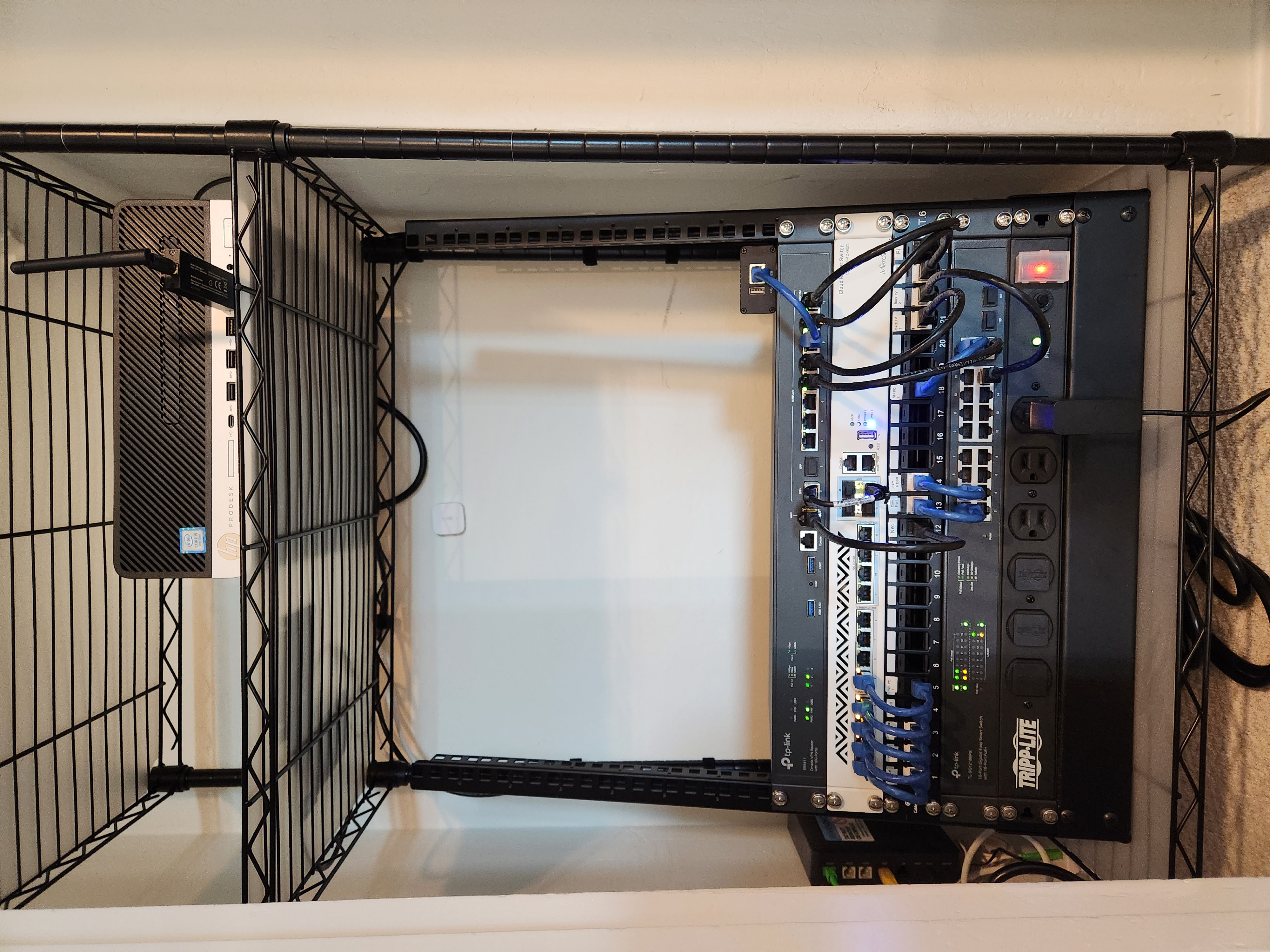The bottom picture should be SVN. I miss incremental revision numbers.
dan
Are any drink manufacturers fully vertically integrated? I think most of them outsource can and bottle manufacturing, even big manufacturers like Coca-Cola. They're in the business of making drinks, not making cans and bottles (which don't have any special features compared to cans and bottles used by other companies), so it makes sense to use a vendor that has experience in that area.
Generally, if it's just a plain word or something you can read easily, then it's safe to keep it. If it's a jumble of seemingly random letters, it's probably a tracking code of some sort.
This is kinda true but also kinda fear mongering. UTM parameters are just to track where you clicked the link from. They're usually not dynamic, and don't contain anything about you personally. The example in the screenshot utm_source=newsletter is probably added to all links in a company's newsletter email, so they can tell that people get to the page via the newsletter.
In addition to this, a lot of movies and TV shows are going to use the same DRM mechanisms, whereas with games it's different for every game. The developers (both of the DRM systems and of the game) learn what works and what doesn't work and adjust the system for their next game.
Edit: Also, games often have anti-piracy measures hidden throughout the game, so whoever is cracking the game likely has to play the game quite a bit to ensure they've caught them all.
This is how I handle it for most software: Read (or at least skim) the changelogs for all minor and major versions between your current version and the latest version.
If you're using Docker, diff your current docker-compose to the latest one for the project. See if any third-party dependencies (like PostgreSQL, Redis, etc) have breaking changes.
If there's any versions with major breaking changes, upgrade to each one separately (eg. 1.0 to 2.0, then 2.0 to 3.0, etc) rather than jumping immediately to the latest one, as a lot of developers don't sufficiently test upgrading across multiple versions.
Take a snapshot before each upgrade (or if your file system doesn't support snapshots, manually take a backup before each upgrade).
...or just don't read anything, YOLO it, and restore a snapshot if that fails. A lot of software is simple enough that all you need to do is change the version number in docker-compose (if you're using Docker).
In addition to backups, consider using snapshots if your file system supports it (ZFS, Btrfs, or LVM).
I use ZFS and have each of my Docker volumes in a separate ZFS dataset (similar to a Btrfs subvolume). This lets me snapshot each container independently. I take a snapshot before an upgrade. If the upgrade goes badly, I can instantly revert back to the point before I performed the upgrade.
There's a few groups like this in Australia, unfortunately.
Australia didn't even have an R18+ rating for games until 2013 (R18+ is similar to AO or NC-17 in the USA). Before then, all games with a higher rating than MA15+ were illegal in Australia. Many games had an Australia-specific version with blood/gore reduced, some things edited out, etc. to reduce the rating. The original release of GTA4 in Australia was heavily censored.
The petition is directed at Visa and MasterCard. I'm not sure why the article says it's a petition directed at Steam, because it's not.
That's what I meant by hiring a self-employed freelancer. I don't know a lot about contracting so maybe I used the wrong phrase.
There's a lot of other expenses with an employee (like payroll taxes, benefits, retirement plans, health plan if they're in the USA, etc), but you could find a self-employed freelancer for example.
Or just get an employee anyways because you'll still likely have a positive ROI. A good developer will take your abstract list of vague requirements and produce something useful and maintainable.



For what it's worth, I work at a FAANG company and we don't use branches at all. Instead, we use feature flags. Source control history is linear with no merges.
All code changes have to go though code review before they can be committed to the main repo. Pull requests are usually not too large (we aim for ~300 lines max), contain a single commit, aren't long-lived (often merged the same day they're submitted unless they're very controversial), can be stacked to handle dependencies between them ("stacked diffs"), and a whole stack can be landed together. When merged, everything is committed directly to the main branch, which all developers are working off of.
I know that both Google and Meta take this approach, and probably other companies too.